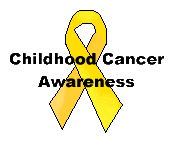Mastocytosis (mas-toe-sigh-toe-sis) is a disorder caused by by having too many mast cells in a person's body. Mast cells are a kind of blood cell that are located in the skin, the linings of the stomach and intestine, and connective tissue (such as cartilage or tendons). Mast cells are important for survival. They help defend the skin, stomach, and intestine against disease. Mast cells are also involved in wound healing.
Mastocytosis can occur at any age. However, it's usually more serious in adults. Mastocytosis is usually mild in children and they often outgrow it.
There are two types of mastocytosis: cutaneous (skin) and systemic. There are different types of cutaneous and systemic forms. The most common cutaneous form is called urticaria pigmentosa. Urticaria pigmentosa occurs when mast cells get into the skin. Urticaria pigmentosa was first reported in the scientific literature in 1933.
Systemic mastocytosis is caused by the accumulation of mast cells in the tissues. It can affect organs such as the liver, spleen, bone marrow, and small intestine.
The exact cause of mastocytosis is unknown.
Mastocytosis can be treated. Your doctor can prescribe medication to alleviate the symptoms. Unfortunately, mastocytosis cannot be cured.





1 comment:
Man, I hope she outgrows it soon! It's not fun having to deal with sick children. And you've dealt with it a lot!
Post a Comment